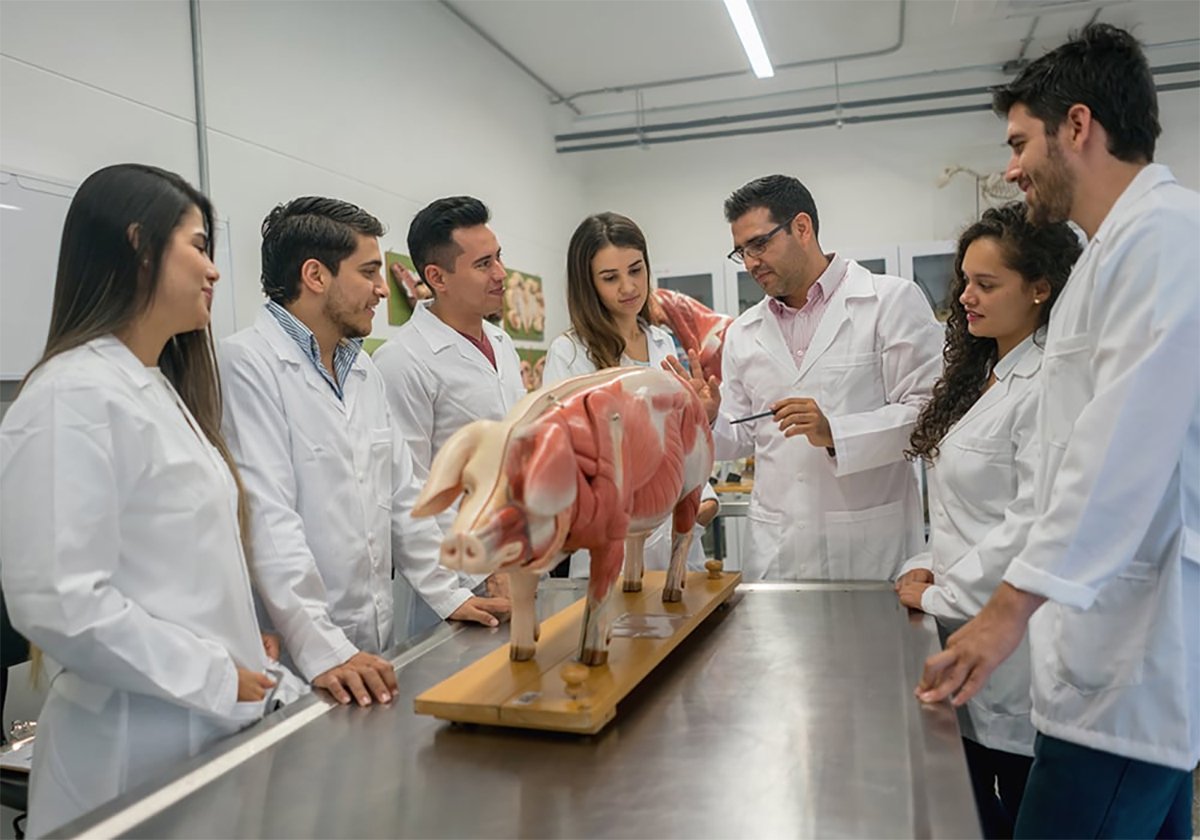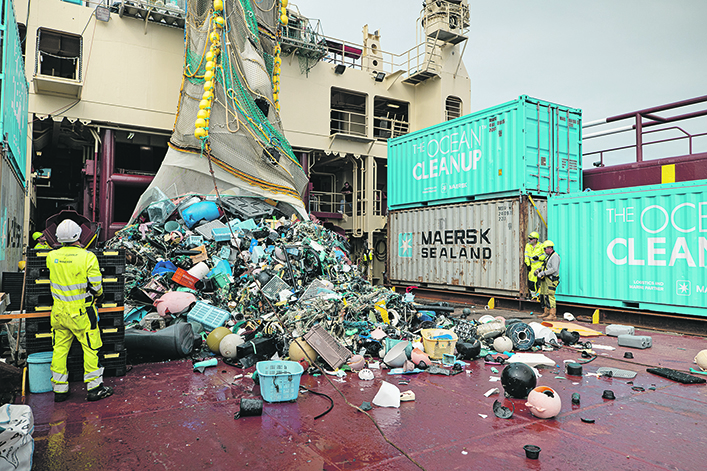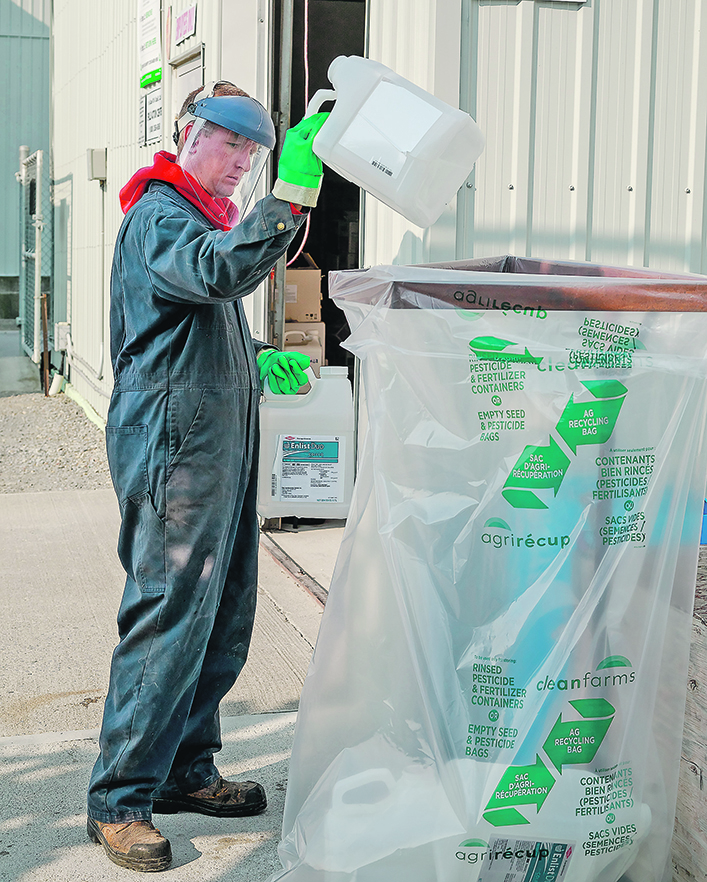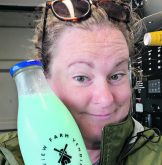Governments, corporations and non-profit organizations around the world continue to make progress on reducing the amount of plastic waste that ends up in rivers, oceans, lakes and landfills.
But there’s still much work to be done, according to groups dedicated to plastic recycling.
Future progress depends largely on investments by government and support for environmental stewardship initiatives by companies that sell plastic products or use it for packaging.
“Right now, in the order of 400 million tonnes of plastic is being produced every year,” said Boyan Slat, founder of The Ocean Cleanup, a charity committed to removing plastic waste from the world’s rivers and oceans.
Read Also

Students urged to consider veterinary medicine
Alberta government makes $86.5 million investment in University of Calgary to double capacity for its veterinary medicine program to address labour shortages in the field.
“What we see from our data … is that roughly between one and two million tonnes of plastic is actually flowing into the oceans (each year)….”
In a recent panel discussion, Slat said ocean plastic is a growing problem.
According to data compiled by his organization and others, only about one quarter to one half of one percent of the plastic produced annually ends up in the world’s oceans.
But left unchecked, that constitutes a major environmental risk.
The Ocean Cleanup is committed to addressing that risk. For the past decade or so, it, along with help from governments and corporate partners, has been targeting plastic waste hotspots around the world.
One of those hotspots is the Great Pacific Garbage Patch (GPGP).
The GPGP is considered the largest accumulation of ocean plastic in the world.
Located in the Pacific Ocean in an area where ocean currents converge, the Great Pacific Garbage Patch covers an estimated 1.6 million sq. kilometres off the coast of California and contains about 1.8 billion pieces of plastic, with a cumulative weight of roughly 80,000 tonnes.
The Ocean Cleanup has conducted extensive research in the area and is now using specially designed plastic extraction systems to clean up the GPGP, as well as other high priority hotspots.
The organization’s goal? Reduce concentrations of ocean plastic by 90 percent by the year 2040.
According to Slat, most of the plastic that ends up in the world’s oceans originates in densely populated urban areas within so-called middle-income countries or emerging economies.
These are countries where people have enough income to consume products that are either made from plastic or packaged in plastic but where public infrastructure designed to collect and recycle plastic, or dispose of it safely, does not exist.
“The problem is that waste management is quite expensive,” said Slat.
Estimates vary but right now, it’s estimated that various levels of governments around the world are spending between $600 billion and $1 trillion annually to collect and manage waste, Slat said.
But systems in many developing countries are either insufficient or non-existent.
Researchers at The Ocean Cleanup are now focusing their efforts on the world’s most polluted rivers, which are a major contributor to accumulations of ocean plastic.
There are about 100,000 river systems in the world but according to updated research, approximately 1,000 of the world’s most polluted rivers are responsible for nearly 80 percent of the world’s ocean plastic.
More specifically, river systems in four countries — Philippines, India, Malaysia and China — are believed to be responsible for 63 percent of the river-based plastic that enters the world’s oceans each year.

Prior to cleanup efforts spearheaded by The Ocean Cleanup, one river in Malaysia was emitting more ocean plastic in a single day than the largest river in Europe was emitting in an entire year, Slay said.
“In fact, there’s more plastic being consumed in Europe than in Malaysia but of course, the big difference is the quality of the waste infrastructure,” he said.
Public investment in waste collection and waste management infrastructure is the most important single factor in the ongoing fight against reducing plastic waste, he added.
“Obviously, if the incentive structure was different, for governments all the way down to the consumer, I think that can really drive (development) of waste management infrastructure and use of that infrastructure.”
Closer to home, environmental stewardship groups in Canada agree that legislation and public investment in recycling and waste management projects are key to minimizing the environmental impact of plastic waste.
CleanFarms is a Canadian based non-profit environmental stewardship organization that works with corporate members, partner agencies and governments to manage plastic waste generated by the Canadian agriculture industry.
CleanFarms’ programs are aimed at keeping recyclable materials such as plastic pesticide containers, grain bags, totes, baler twine and bale netting out of landfills and burn piles and ensuring that they are recycled, reused or disposed of safely.
The organization works with product manufacturers, agri-retailers and municipalities across the country to ensure that ag plastic recycling programs and infrastructure are available locally to farmers.
In a recent interview with The Western Producer, Barry Friesen, executive director of CleanFarms, said investments in waste management infrastructure and programs are the first step toward ensuring farmer buy-in.
“Farmers will participate if programs are available,” Friesen said.
“I think our track record speaks for itself.”

According to Friesen, CleanFarms’ largest program, a small pesticide container collection program, now has a recovery rate of 77 percent.
That program has been in place on the Prairies since 1989 and as the number of collection sites increases, so do plastic recovery rates and participation rates.
Based on the success of that program, CleanFarms continues to expand programming across Canada and is aiming to increase recovery rates for other types of plastics that are becoming more widely used, including grain bags and single use bulk containers.
The recovery rate for grain bags is nearing 65 percent and will continue to climb as the number of collection sites increases, Friesen said.
“Essentially, if we build it, they will come,” said Friesen.
“Farmers are looking for solutions to these products. They’re tired of having to dispose of these things in a single-use fashion and they don’t like to see them burned or buried….”
Government involvement and investment is the catalyst that kickstarts programming, facilitates initial participation and leads to the expansion of collection and recycling infrastructure, he said.
In Quebec, for example, legislators have recently passed a bill requiring that all types of agricultural plastic must be collected and managed.
“They have made it a requirement that virtually everything in agriculture — bale warp, silage wrap, twine, netting, maple syrup tubing, you name it — it all has to be collected,” Friesen said.
“So, we’re just developing programs for that in Quebec.”
CleanFarms estimates that approximately 62,000 metric tonnes of agricultural plastics are used in Canada every year.
Of that amount, approximately 10 percent is being recovered.
“Of the programs that we operate, we get pretty high rates of return,” Friesen said.
“It’s just that we don’t have programs for a lot of (these products). That is starting to develop. It’s usually sparked on by (initiatives) like what Quebec has done.”
















